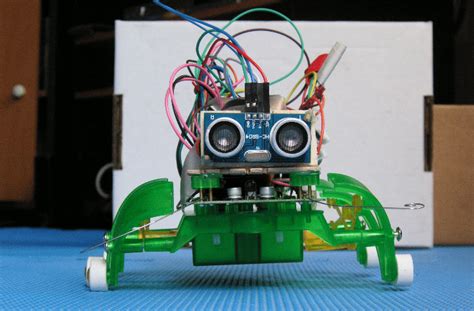The world of do-it-yourself electronics has seen a significant transformation with the advent of accessible and versatile microcontrollers such as the ESP8266 and ESP32. These tiny, cost-effective chips are not just cornerstones for industrial applications; they’ve become the go-to for hobbyists and tech enthusiasts looking to inject a little automation and smart technology into their daily lives. The ease of use, open-source resources, and extensive community support have led to an explosion of creative and practical applications, making what once seemed like high-tech automation accessible to everyone.
Amongst the varied uses, home automation emerges as a popular theme. DIYers are utilizing these controllers to manage everything from garage doors to home theaters. A simple use case includes integratingESPHome to control garage doors and gates, optimizing convenience without the hefty price tags of commercial systems. Even more sophisticated is the integration of microcontrollers with home entertainment systems, allowing for on-demand control right from a smartphone or via voice commands.
Environmental monitoring and personal comfort adjustments represent another compelling application. One of the standout projects involves a CO2 monitoring system that activates a fan to manage indoor air quality autonomously. This practical application of ESPHome not only ensures health-conscious ventilation but demonstrates the potential for these devices to contribute meaningfully to home health initiatives. The deployment of devices like the Sensirion SCD30 sensor highlights how amateurs can achieve professional-grade monitoring at a fraction of the cost.
The creative potential is equally impressive. From smart mirrors to custom lighting solutions, the DIY community often combines ESPHome with other technologies like LED strips and sensors to create personalized gadgets. For instance, a custom-built, color-adjusted lighting system not only enhances the aesthetic of a room but can be programmed to change in response to different conditions or times of day, demonstrating how functionality and creativity can merge seamlessly in the world of DIY electronics.
For those looking to dive deeper into the world of DIY electronics, the community aspect cannot be overstated. Online platforms and forums burst with exchange from ideas to detailed guides and troubleshooting help. It’s this collaborative spirit that accelerates learning and innovation. Furthermore, the open-source nature of much of the software and hardware used lends itself to continuous improvement and adaptation, keeping the enthusiasts at the cutting edge of technology.
The impact of ESPHome, ESP8266, and similar microcontrollers on the technology landscape reiterates the empowering nature of accessible technology. As these devices continue to evolve and the community of users grows, the boundary between professional and amateur tech enthusiasts blurs, leading to more advanced integrations of this versatile technology. Encompassing everything from practical home automation to imaginative gadgets, the journey of microcontrollers is just gearing up to revolutionize DIY tech further, promising an exciting era of innovation and personalization.


Leave a Reply